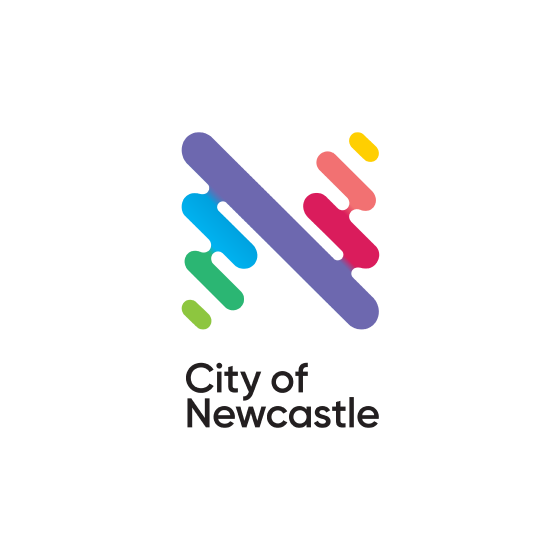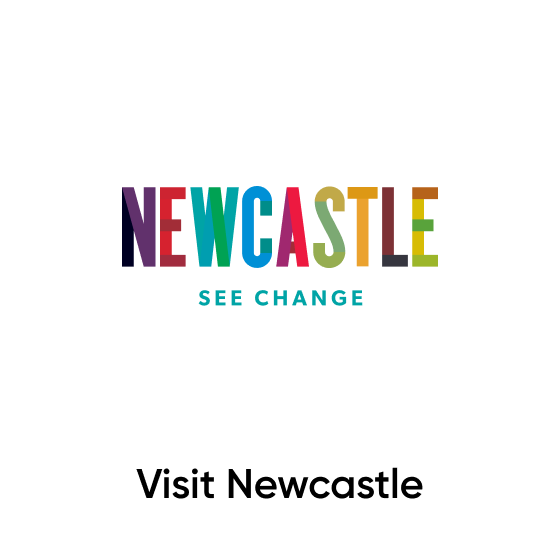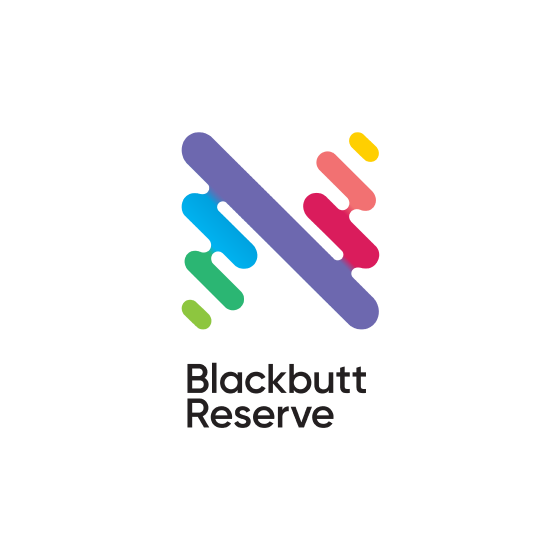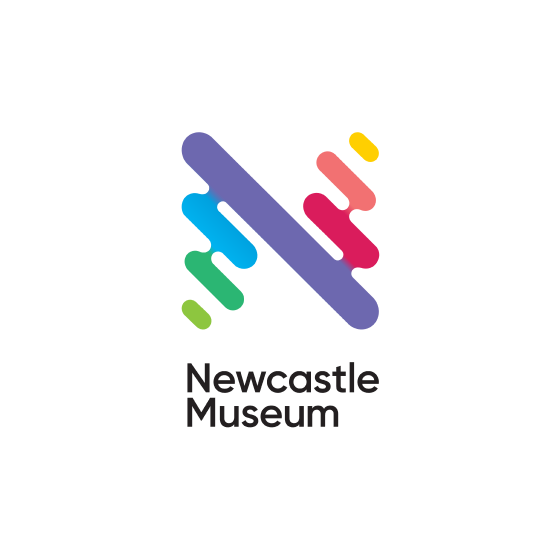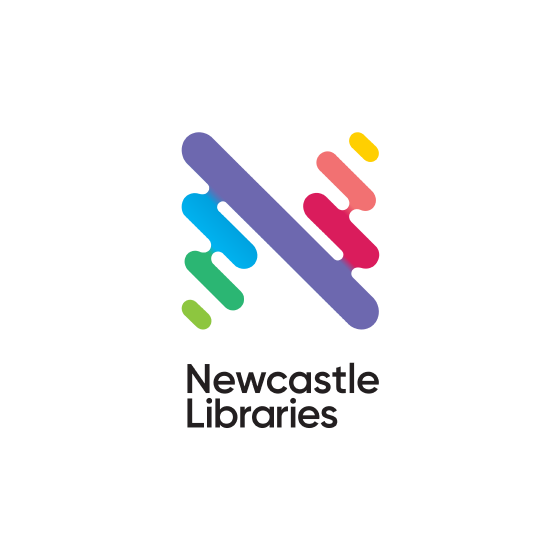Light Fantastic!
Welcome to the Museum Express Light Fantastic show! It’s illuminating…and enlightening and well - quite brilliant!
Age: Years 4-7
Program Length: 30-45 minutes
Audience: Up to 2 classes per show (approx 60 students)
Bookings: Please contact our Museum Express Officer for more details and bookings on 02 4974 1420 or email us.
Program overview
Students will:
- Learn about light in the electromagnetic spectrum
- Be introduced to visible and invisible light
- Explore different ways to generate light
- Be given their own diffraction grating to split light into its constituent colours
- Learn of the different things light can do
- Develop their scientific skills of: Enquiry, Prediction, Observation, Explanation.
Requirements
- 1x power outlets
- Space requirements: 3m x 3m.
Curriculum links
Formal ACS substrands
Chemical, physical, earth and space science
Links with Overarching Ideas
- Matter and Energy - Light as a form of energy. Chemical reactions produce heat and light, Transformation of energy from electricity to light. Light can transmit information.
- Scale and measurement - Measurement of speed, colour temperature
- Patterns order and organisation – different colours of light, arranged in terms of energy
- Earth and space sciences – size of the universe, speed of Earth’s motion through galaxy
Curriculum sections
- Light from a source forms shadows and can be absorbed, reflected and refracted (ACSSU080)
- Light and sound are produced by a range of sources and can be sensed (ACSSU020)
- Science involves asking questions about, and describing changes in, objects and events (ACSHE034)
- Science involves asking questions about, and describing changes in, objects and events (ACSHE021)
- Scientific understandings, discoveries and inventions are used to solve problems that directly affect peoples’ lives (ACSHE083).
NSW Curriculum Outcomes: ST2-1VA, ST3-1VA, ST2-4WS, ST3-4WS, ST2-6PW, ST2-7PW, ST3-6PW, ST3-7PW, ST2-13MW, ST3-12MW, ST3-13MW
Extensions
There are heaps of exciting things students and teachers can do with light following this show! Here are some suggestions:
In class and at home
- Students get to keep their diffraction grating ‘tickets’ from the show. Encourage them to examine light sources at school and at home to identify if they still have any tungsten light globes.
- Make a pinhole camera
- Explore the science of candles and historical light sources – ‘limelight’ used in theatres, sodium street lamps, phosphorus made with pee
- Explore the science behind speed cameras
- Investigate optical illusions
- Advanced: calculate the wavelength of light using the diffraction grating (1000 lines/mm):
Learn about light at Newcastle Museum
There are a whole lot of related things to check out at Newcastle Museum.
- Can you throw faster than the speed limit? Test your arm against the Doppler speed camera in Supernova…
- Did you know that one of the world’s biggest manufacturers of light globes was based in Newcastle? Learn about ELMA – one of Newcastle’s biggest employers and see some of the massive light globes they made.
- Are you the centre of your universe? See the planets orbit the sun with a replica 18th Century orrery.
- See how light from the sun and stars lets us find our direction with the Museum’s collection of a sextant, octant and telescope.
- See a Jacobs Ladder throw off sparks, learn about magnetic fields, electricity, light and heaps more at Supernova.
Did you know?
- Light from the Sun takes eight minutes to reach the Earth!
- Bees can see in the ultraviolet light!
- The internet is largely communicated across the world in optic-fibres with infrared light!




